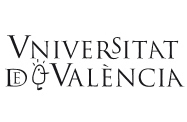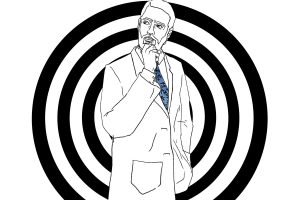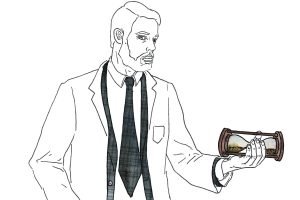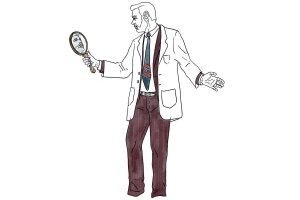Search
This book is both a biography and an inspiring reflection on the sexism of the scientific world in recent decades
Mètode starts promoting graphic humour through a new section dedicated to cartoons on current scientific issues, launched with the new section by Ferran Martín.
The author proposes to create the concept of «pre-scientific dissemination» to talk about scientific mysteries, enigmas, or hypotheses that could be confirmed or disproved by science.
As the debate on vaccines grows, people with doubts will dissipate them and take a stand for or against them.
What do you feel when you thnk about science? There are people who feel nothing at all and so they prefer other readings. I imagine that you will have many different ones, but which is the most prevalent, the one that weighs most heavily?
If we want science to play a truly relevant social role, we must take the opposite path and respond with science to the questions and problems of individuals and society. We must treat is as a tool, not as the protagonist.
Elizabeth Rasekoala, chemical engineer and president of African Gong, has been awarded for her fight for diversity, sociocultural, and gender inclusion, in science learning, practice, and communication in Africa.
Pere Estupinyà offers advice for young scientists who do not know how to take the leap into science communication.
What do scientists do when they explain their own or others’ research? Do they communicate do they popularise? Gemma Marfany prefers to say she disseminates knowledge...
Science disseminator Pere Estupinyà lists four possible roles for science communicators: none, a collaborative role, an involved one, or that of a professional.










